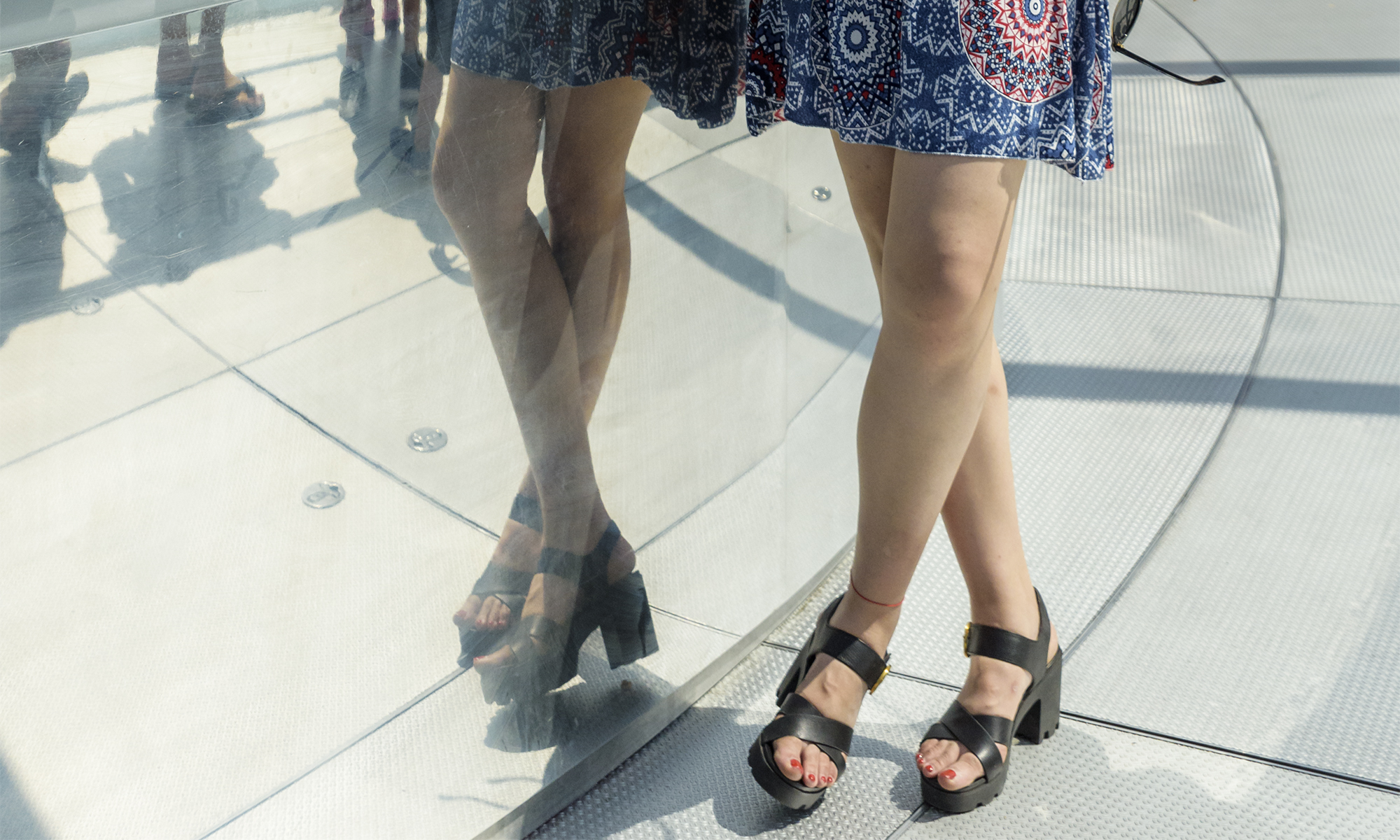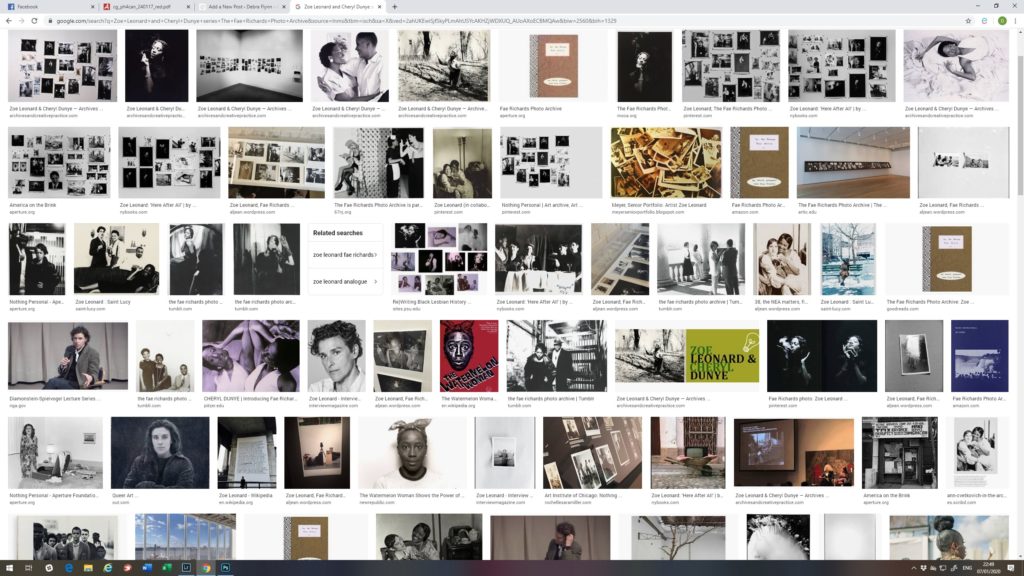research:
http://www.archivesandcreativepractice.com/zoe-leonard-cheryl-dunye
https://aperture.org/pbr/kristen-lubben-zoe-leonard-cheryl-dunye-fae-richards-photo-archive/
Leonard and Dunye, created a fictional character; The Watermelon Woman. Using archive images, they created an exhibition telling the story of Dunye researching the life of Fae Richards a lesbian American-American woman from childhood to old age.
Dunye attributes her photographic falsification of a life history to the lack of information recorded in real life.
“The Watermelon Woman came from the real lack of any information about the lesbian and film history of African-American women. Since it wasn’t happening, I invented it.”
This is another example of individual images becoming more than the sum of their parts and that without context the images can take on another meaning.
The story Leonard and Dunye have created is believable because of the way they have presented it. but it is no more ‘real’ than Harry Potter. They say this is the reality that wasn’t recorded, however, they have entirely chosen which bits of the story to tell.
I have over 143,000 photos in my collection, there must be an archive in there somewhere


